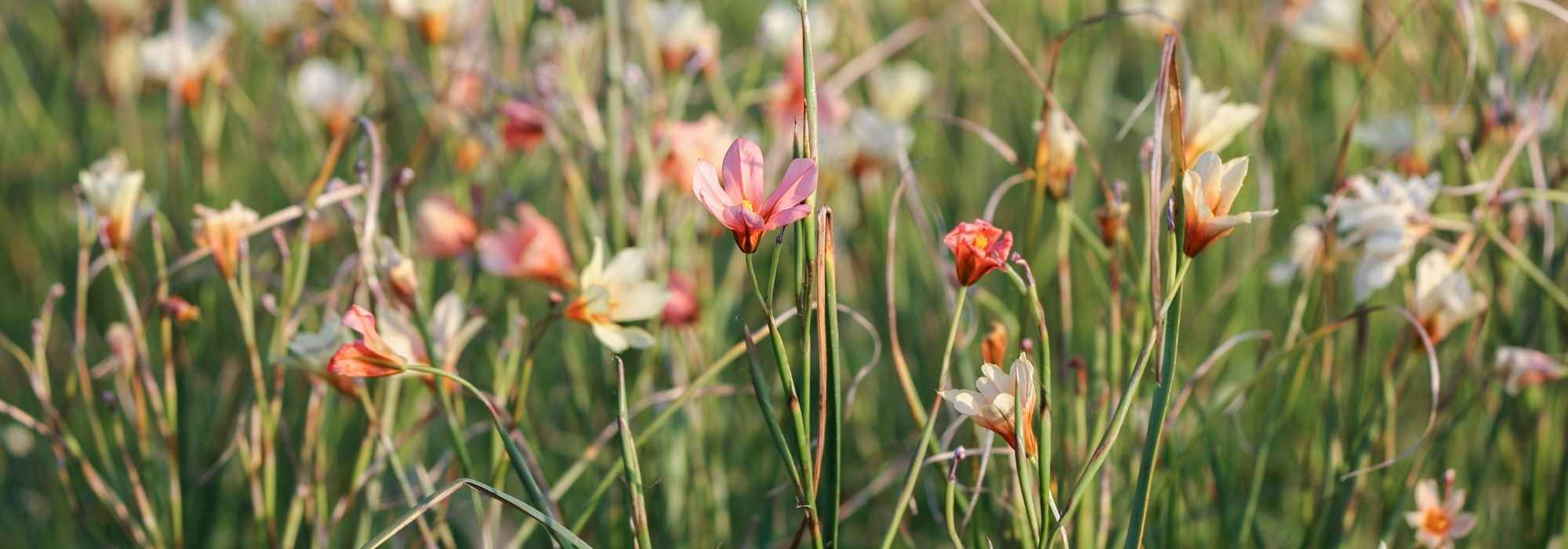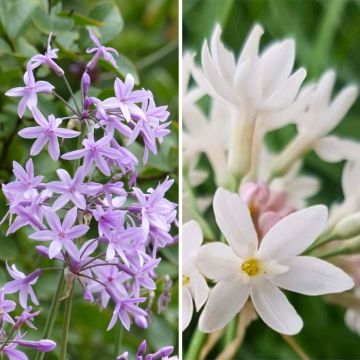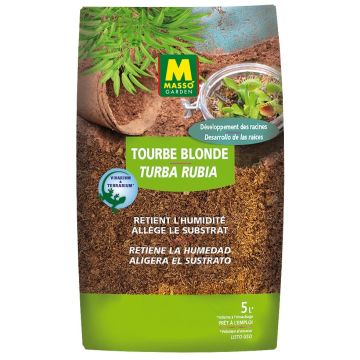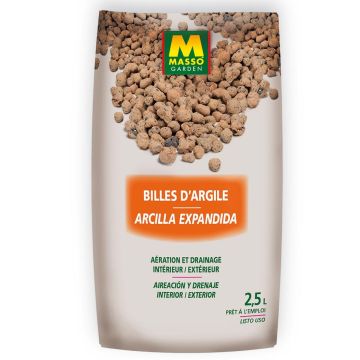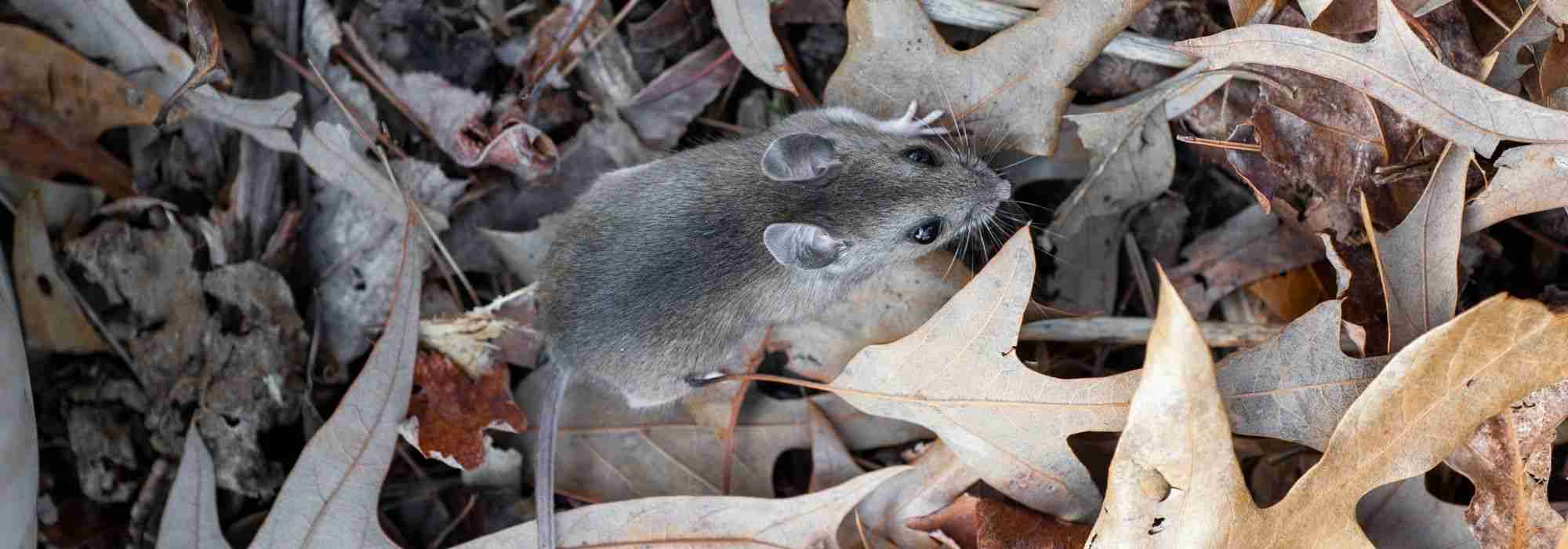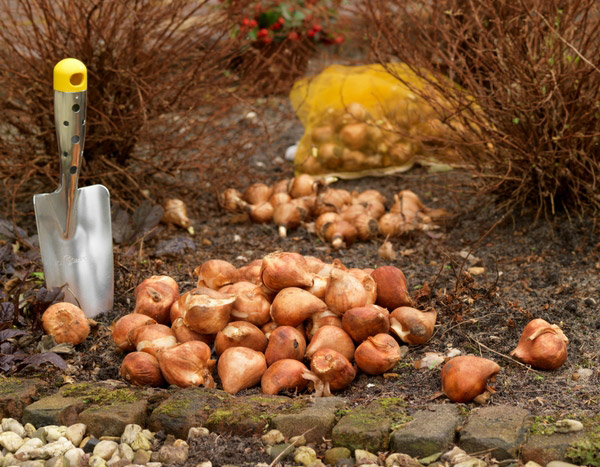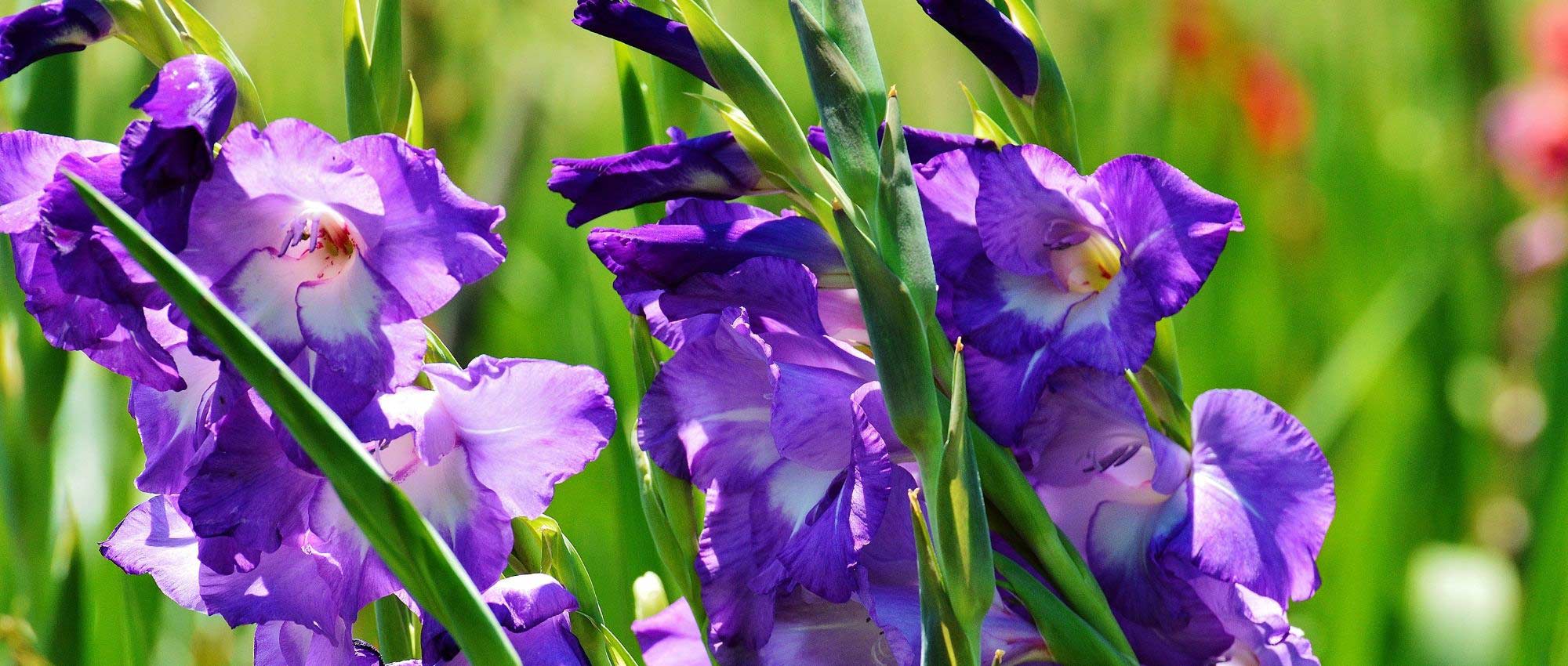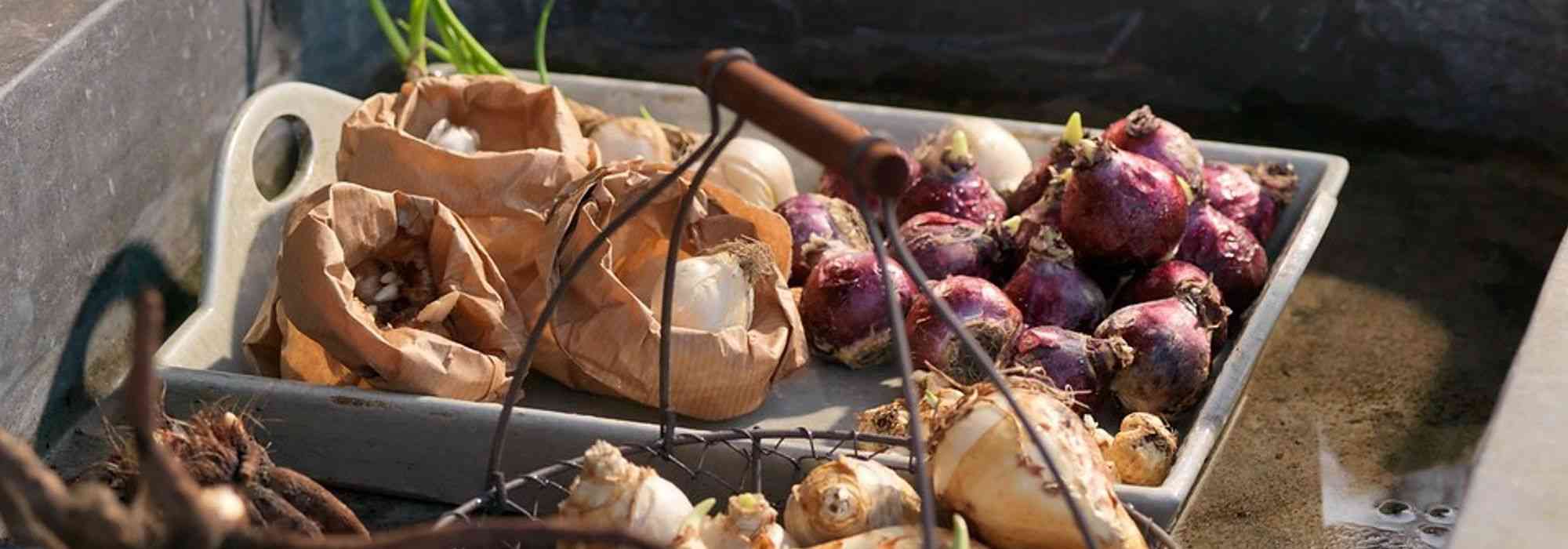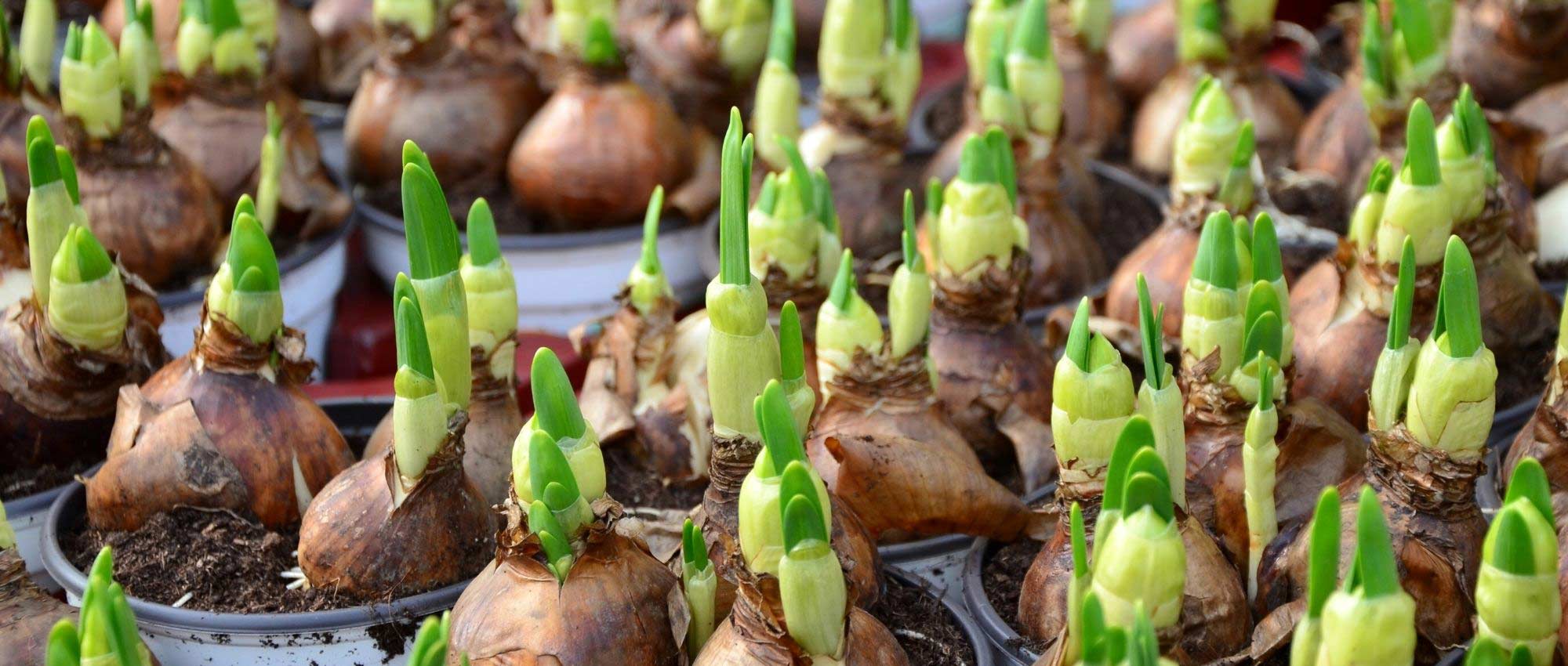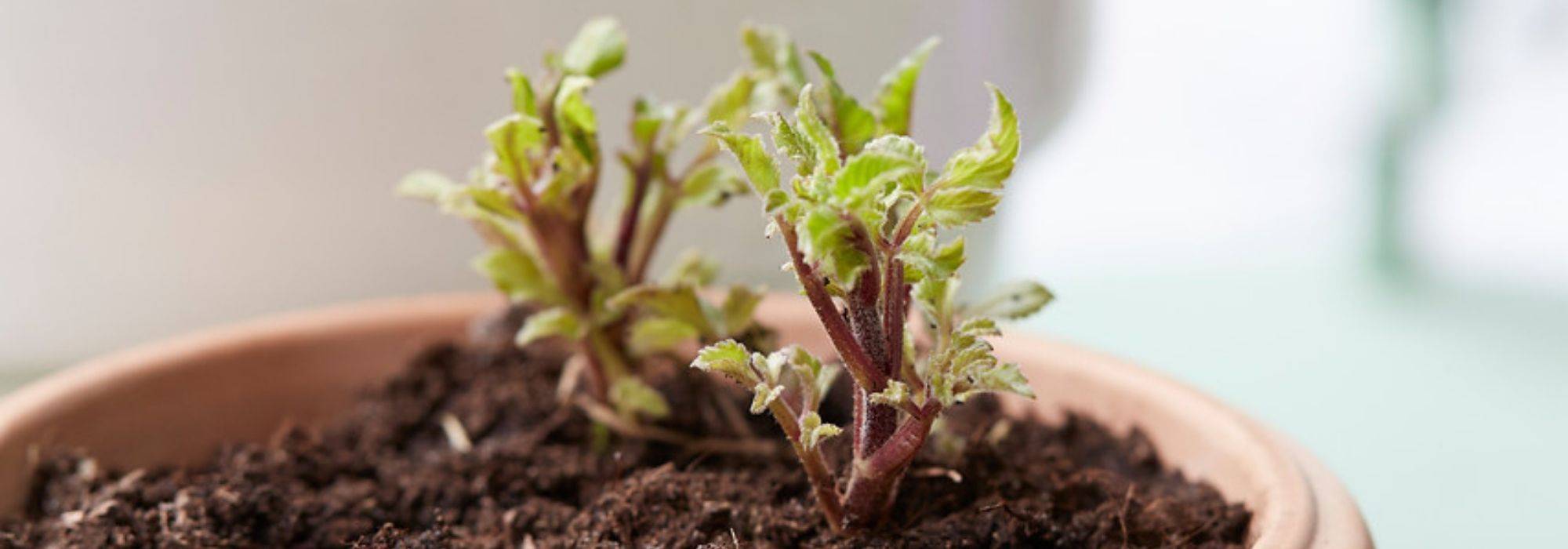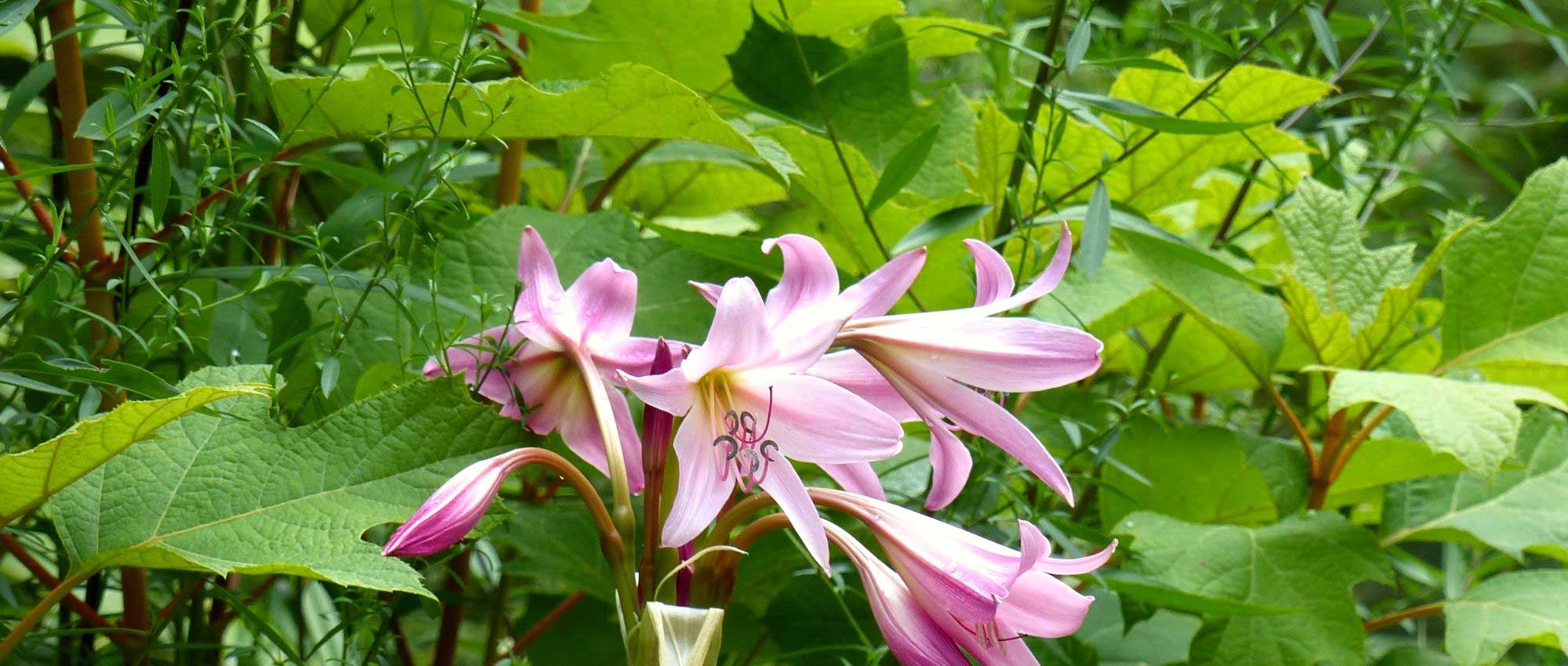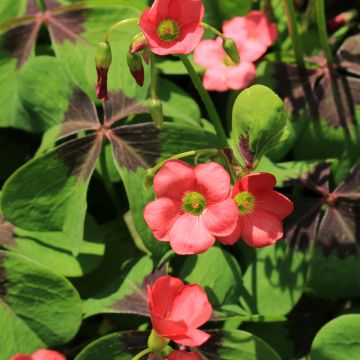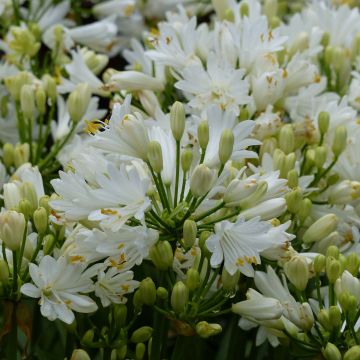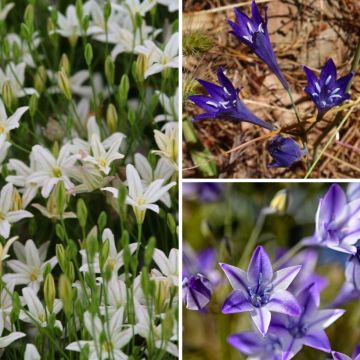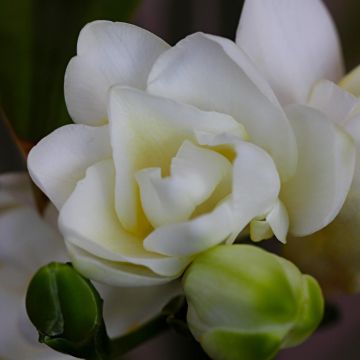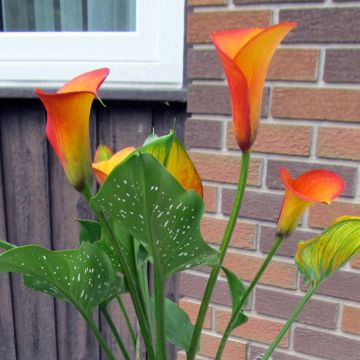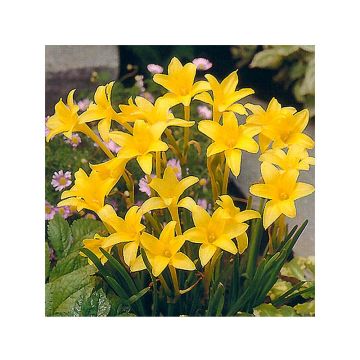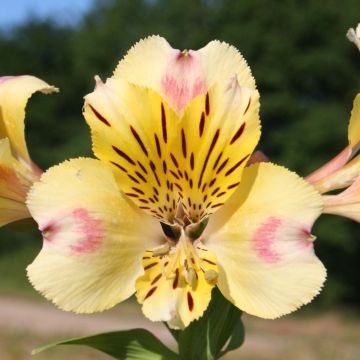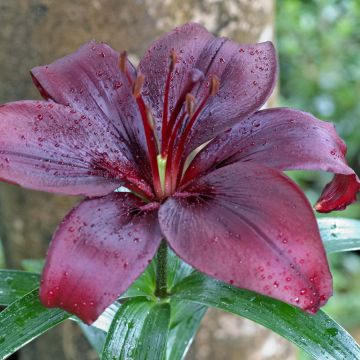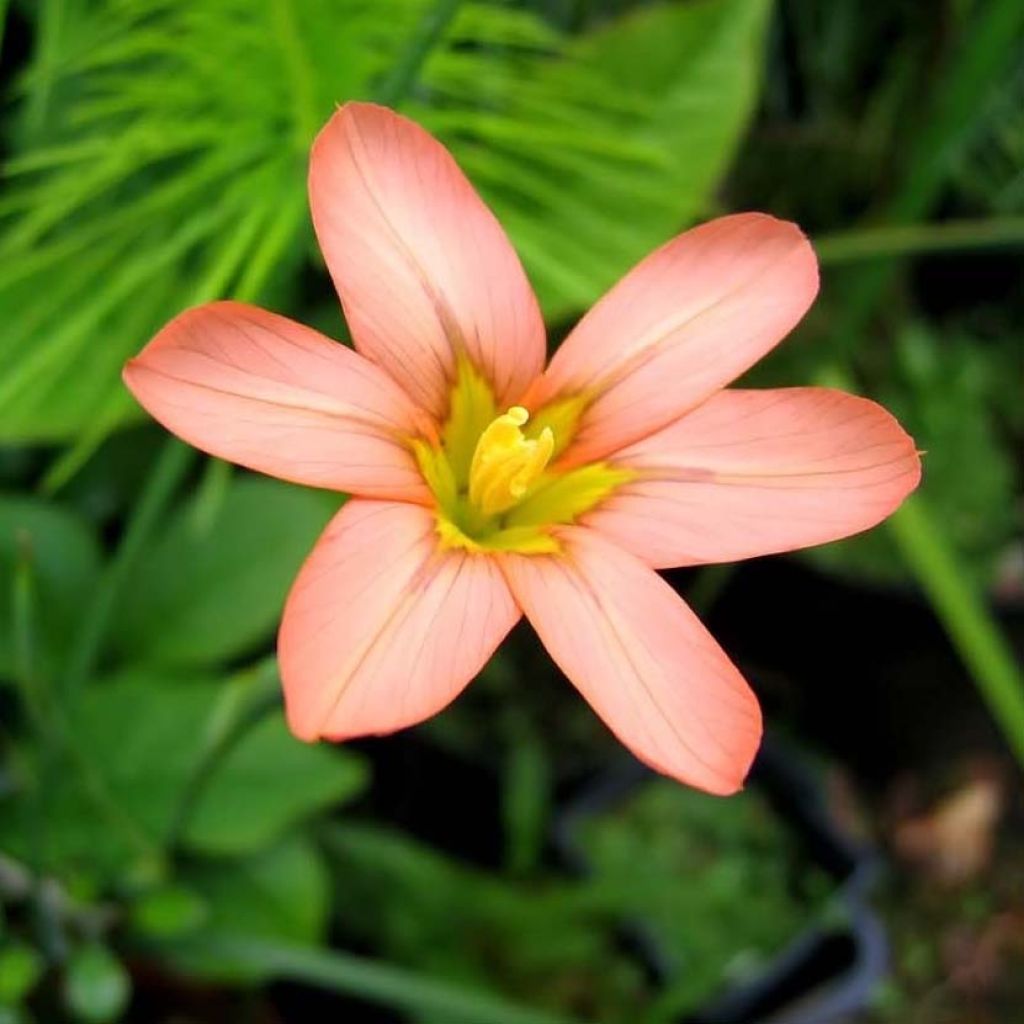

Homeria flaccida - Cape tulip
Homeria flaccida - Cape tulip
Homeria flaccida
One-leaf Cape tulip
The flowers appear in April and are a very pretty light salmon colour. They are particularly enhanced next to dark foliage, and on gloomy days, they brighten up the garden.
Marine, 21/04/2022
Special offer!
Receive a €20 voucher for any order over €90 (excluding delivery costs, credit notes, and plastic-free options)!
1- Add your favorite plants to your cart.
2- Once you have reached €90, confirm your order (you can even choose the delivery date!).
3- As soon as your order is shipped, you will receive an email containing your voucher code, valid for 3 months (90 days).
Your voucher is unique and can only be used once, for any order with a minimum value of €20, excluding delivery costs.
Can be combined with other current offers, non-divisible and non-refundable.
Home or relay delivery (depending on size and destination)
Schedule delivery date,
and select date in basket
This plant carries a 6 months recovery warranty
More information
We guarantee the quality of our plants for a full growing cycle, and will replace at our expense any plant that fails to recover under normal climatic and planting conditions.
Would this plant suit my garden?
Set up your Plantfit profile →
Description
The newly named Homeria flaccida, now known as Moraea flaccida, is a bulbous plant nicknamed the Cape Tulip with a single leaf due to its origin and the shape of its 6-petaled flowers that resemble warm-toned botanical tulips. Each bulb produces only one leaf and branched flower stems that appear in spring or summer depending on the climate. This beautiful Cape Tulip is only grown in open ground in coastal gardens spared from heavy frosts. Elsewhere, the bulbs can be planted in a nice pot to decorate the terrace or balcony during the summer. They should be overwintered in a cool, almost dry place.
The Moraea flaccida belongs to the family of irises, just like irises and corn lilies (Ixia) to which it bears a resemblance. This botanical species is native to the Cape region in South Africa, which has a humid Mediterranean climate in winter and a dry climate in summer. It is a perennial herbaceous plant with a storage organ called a corm. In a pot, it flowers from May to July depending on the climate, and the flowering period lasts for 4 to 6 weeks. When grown in open ground in favorable climates, the Cape Tulip will bloom earlier in spring and go dormant in summer. The vegetation usually consists of a single long, narrow, linear leaf that wraps around the base of the flower stem. This bright green leaf can measure up to 1m (3ft) long and 6mm (0in) to 2cm (1in) wide. Some foliar bracts are also present on the upper part of the stems. The flower stems are erect, measuring 50 to 60cm (20 to 24in) high, sometimes slightly zigzagging, cylindrical, with a few branches at the top. Flowers measuring 3 to 8cm (1 to 3in) in diameter bloom at the end of the branches. Each flower consists of 6 elongated petals, usually orange or salmon pink with a yellow centre, occasionally entirely yellow with a slightly darker centre. The fruit is a green capsule that turns brown when ripe and contains small brown seeds. Some time after flowering, the vegetation dries up and the plant goes dormant. The corm of the Cape Tulip perishes below -5°C (23°F) and is sensitive to excessive moisture during the dormant period.
The Homeria is an unusual small bulbous plant that is often used to decorate the terrace or balcony during the summer months. On the Atlantic or Mediterranean coast, it can be planted in well-drained beds or rockeries alongside Felicia, Gazania, or Cape Marguerites (Osteospermum), for example. These beautiful South African plants thrive under the same growing conditions.
Homeria flaccida - Cape tulip in pictures
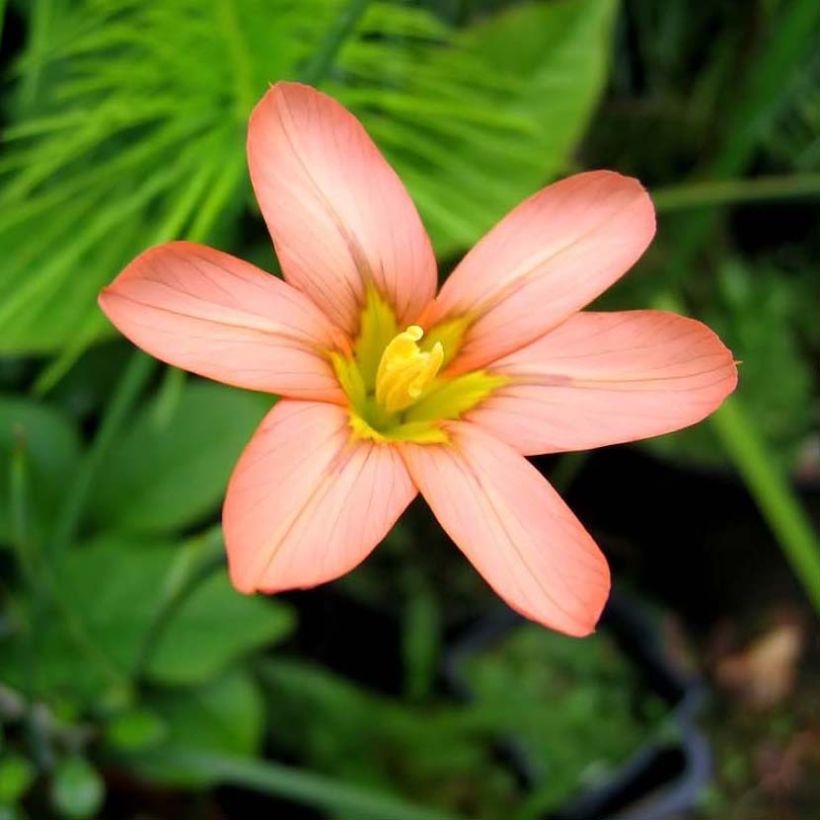

Plant habit
Flowering
Foliage
Botanical data
Homeria
flaccida
Iridaceae
One-leaf Cape tulip
South Africa
Other Homeria
View all →Planting and care
Plant Moraea flaccida in the ground at the base of a warm and sunny wall in light, well-drained soil, rich in humus and moderately fertile. Bury the bulbs to a depth of 10 cm (4in). Protect them from moisture in the winter. In a pot, grow your Homeria in a mixture of potting soil and sand. Water sparingly when the vegetation emerges from the ground, then regularly throughout the growth and flowering period. Decrease watering as the leaves wither, to ensure the bulbs are dormant in a dry substrate. Overwinter your potted plant in a frost-free location, but not in a heated room.
The Cape tulip with a single leaf cannot withstand temperatures below -5°C (23°F). In areas on the border of hardiness, place a thick layer of mulch over the crowns and cover everything with a plastic sheet to minimize soil moisture.
Planting period
Intended location
Care
Planting & care advice
-
, onOrder confirmed
Reply from on Promesse de fleurs
Similar products
Haven't found what you were looking for?
Hardiness is the lowest winter temperature a plant can endure without suffering serious damage or even dying. However, hardiness is affected by location (a sheltered area, such as a patio), protection (winter cover) and soil type (hardiness is improved by well-drained soil).

Photo Sharing Terms & Conditions
In order to encourage gardeners to interact and share their experiences, Promesse de fleurs offers various media enabling content to be uploaded onto its Site - in particular via the ‘Photo sharing’ module.
The User agrees to refrain from:
- Posting any content that is illegal, prejudicial, insulting, racist, inciteful to hatred, revisionist, contrary to public decency, that infringes on privacy or on the privacy rights of third parties, in particular the publicity rights of persons and goods, intellectual property rights, or the right to privacy.
- Submitting content on behalf of a third party;
- Impersonate the identity of a third party and/or publish any personal information about a third party;
In general, the User undertakes to refrain from any unethical behaviour.
All Content (in particular text, comments, files, images, photos, videos, creative works, etc.), which may be subject to property or intellectual property rights, image or other private rights, shall remain the property of the User, subject to the limited rights granted by the terms of the licence granted by Promesse de fleurs as stated below. Users are at liberty to publish or not to publish such Content on the Site, notably via the ‘Photo Sharing’ facility, and accept that this Content shall be made public and freely accessible, notably on the Internet.
Users further acknowledge, undertake to have ,and guarantee that they hold all necessary rights and permissions to publish such material on the Site, in particular with regard to the legislation in force pertaining to any privacy, property, intellectual property, image, or contractual rights, or rights of any other nature. By publishing such Content on the Site, Users acknowledge accepting full liability as publishers of the Content within the meaning of the law, and grant Promesse de fleurs, free of charge, an inclusive, worldwide licence for the said Content for the entire duration of its publication, including all reproduction, representation, up/downloading, displaying, performing, transmission, and storage rights.
Users also grant permission for their name to be linked to the Content and accept that this link may not always be made available.
By engaging in posting material, Users consent to their Content becoming automatically accessible on the Internet, in particular on other sites and/or blogs and/or web pages of the Promesse de fleurs site, including in particular social pages and the Promesse de fleurs catalogue.
Users may secure the removal of entrusted content free of charge by issuing a simple request via our contact form.
The flowering period indicated on our website applies to countries and regions located in USDA zone 8 (France, the United Kingdom, Ireland, the Netherlands, etc.)
It will vary according to where you live:
- In zones 9 to 10 (Italy, Spain, Greece, etc.), flowering will occur about 2 to 4 weeks earlier.
- In zones 6 to 7 (Germany, Poland, Slovenia, and lower mountainous regions), flowering will be delayed by 2 to 3 weeks.
- In zone 5 (Central Europe, Scandinavia), blooming will be delayed by 3 to 5 weeks.
In temperate climates, pruning of spring-flowering shrubs (forsythia, spireas, etc.) should be done just after flowering.
Pruning of summer-flowering shrubs (Indian Lilac, Perovskia, etc.) can be done in winter or spring.
In cold regions as well as with frost-sensitive plants, avoid pruning too early when severe frosts may still occur.
The planting period indicated on our website applies to countries and regions located in USDA zone 8 (France, United Kingdom, Ireland, Netherlands).
It will vary according to where you live:
- In Mediterranean zones (Marseille, Madrid, Milan, etc.), autumn and winter are the best planting periods.
- In continental zones (Strasbourg, Munich, Vienna, etc.), delay planting by 2 to 3 weeks in spring and bring it forward by 2 to 4 weeks in autumn.
- In mountainous regions (the Alps, Pyrenees, Carpathians, etc.), it is best to plant in late spring (May-June) or late summer (August-September).
The harvesting period indicated on our website applies to countries and regions in USDA zone 8 (France, England, Ireland, the Netherlands).
In colder areas (Scandinavia, Poland, Austria...) fruit and vegetable harvests are likely to be delayed by 3-4 weeks.
In warmer areas (Italy, Spain, Greece, etc.), harvesting will probably take place earlier, depending on weather conditions.
The sowing periods indicated on our website apply to countries and regions within USDA Zone 8 (France, UK, Ireland, Netherlands).
In colder areas (Scandinavia, Poland, Austria...), delay any outdoor sowing by 3-4 weeks, or sow under glass.
In warmer climes (Italy, Spain, Greece, etc.), bring outdoor sowing forward by a few weeks.






























